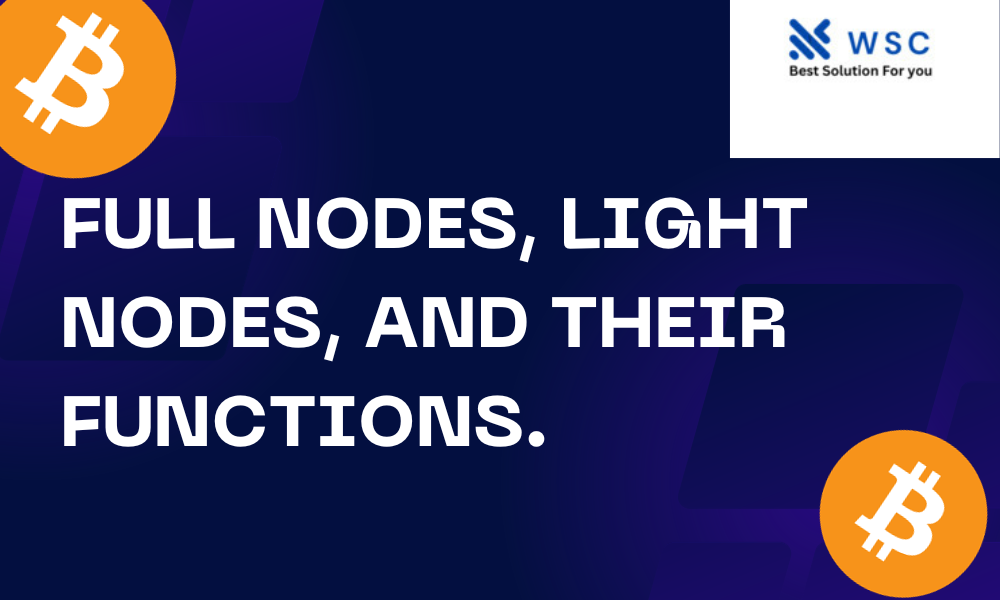Bitcoin and Blockchain Nodes
Bitcoin, the pioneering cryptocurrency, operates on a decentralized network, relying on various nodes to function seamlessly. Two essential components within this network are full nodes and light nodes, Bitcoin’s Node Dynamics each playing distinct roles vital to the overall system.
The Role of Full Nodes
Full nodes serve as the backbone of the Bitcoin network. They maintain a complete copy of the blockchain, the ledger containing all transaction records since its inception. These nodes validate and relay transactions, ensuring their accuracy and consistency. By storing the entire blockchain locally, full nodes contribute to the network’s security and integrity.
Functions of Full Nodes
Transaction Validation: Full nodes verify incoming transactions against the established rules of the Bitcoin protocol. This process ensures that transactions adhere to the network’s guidelines, preventing fraudulent or invalid transactions from being added to the blockchain.
Enhancing Security: They actively participate in the consensus mechanism, contributing to the validation of blocks. This involvement safeguards the network against attacks and ensures the immutability of the blockchain.
Supporting Network Health: Full nodes propagate valid transactions across the network, facilitating smooth and efficient data transmission. They contribute significantly to the decentralization of Bitcoin by providing multiple access points for users worldwide.
The Significance of Light Nodes
Contrasting with full nodes, light nodes prioritize efficiency and reduced resource consumption. Also known as SPV (Simplified Payment Verification) clients, light nodes operate by downloading only a portion of the blockchain, typically comprising block headers rather than the entire ledger.
Functions of Light Nodes
Efficient Resource Usage: Light nodes optimize storage and bandwidth usage by accessing specific parts of the blockchain. They don’t store the complete ledger, making them suitable for devices with limited resources, such as mobile phones or tablets.
Transaction Verification: While light nodes don’t store the entire blockchain, they can verify transactions by querying full nodes or other network participants. This allows them to confirm the validity of transactions without the need for extensive storage.
Conclusion
Both full nodes and light nodes play crucial roles in the Bitcoin ecosystem, catering to diverse needs and preferences. Full nodes prioritize security, validation, and decentralization, while light nodes focus on efficiency and accessibility.
In summary, understanding the functions and significance of full nodes and light nodes contributes to a comprehensive grasp of Bitcoin’s decentralized architecture, emphasizing its resilience and inclusivity.
Check our tools website Word count
Check our tools website check More tutorial




